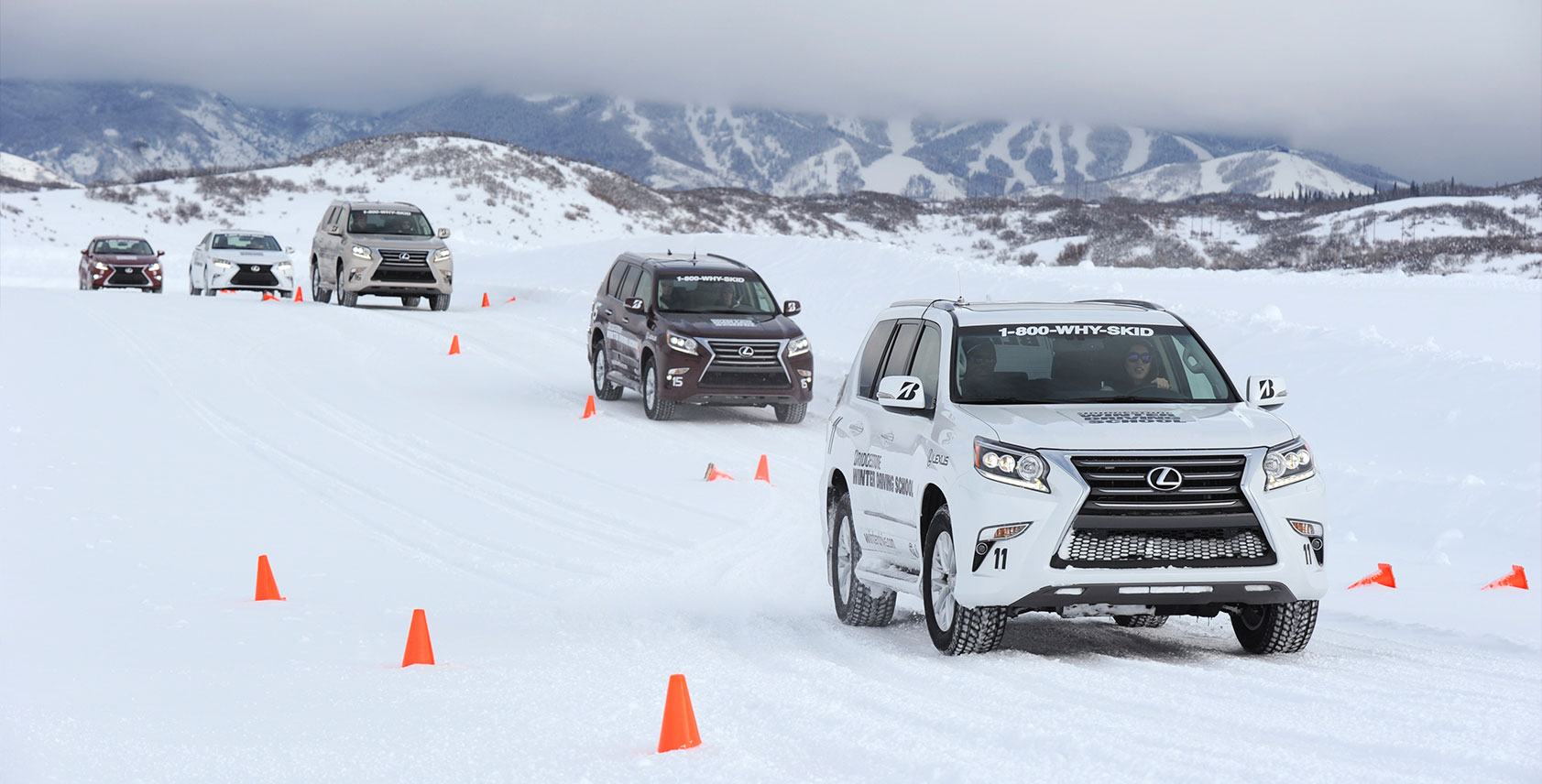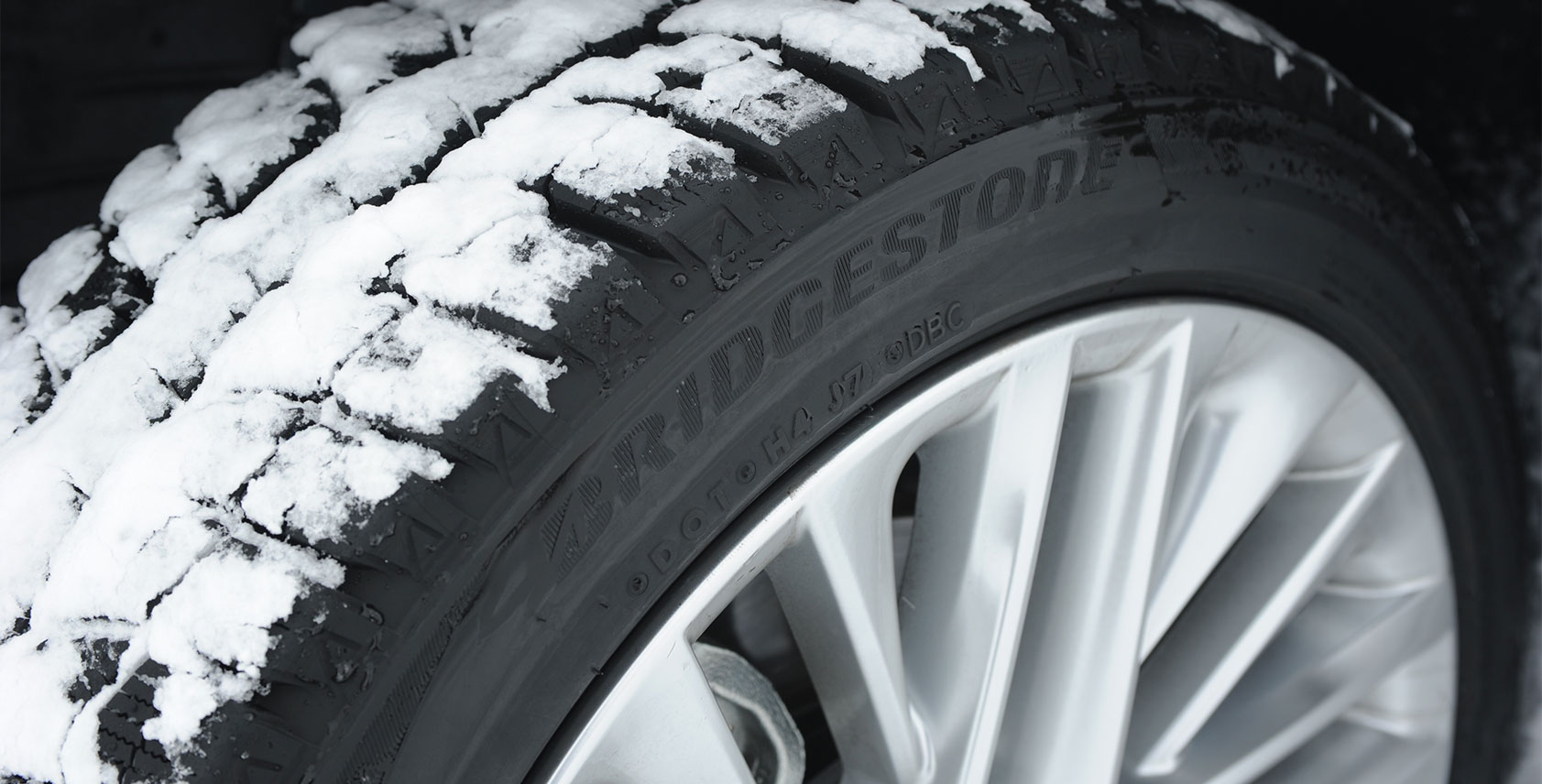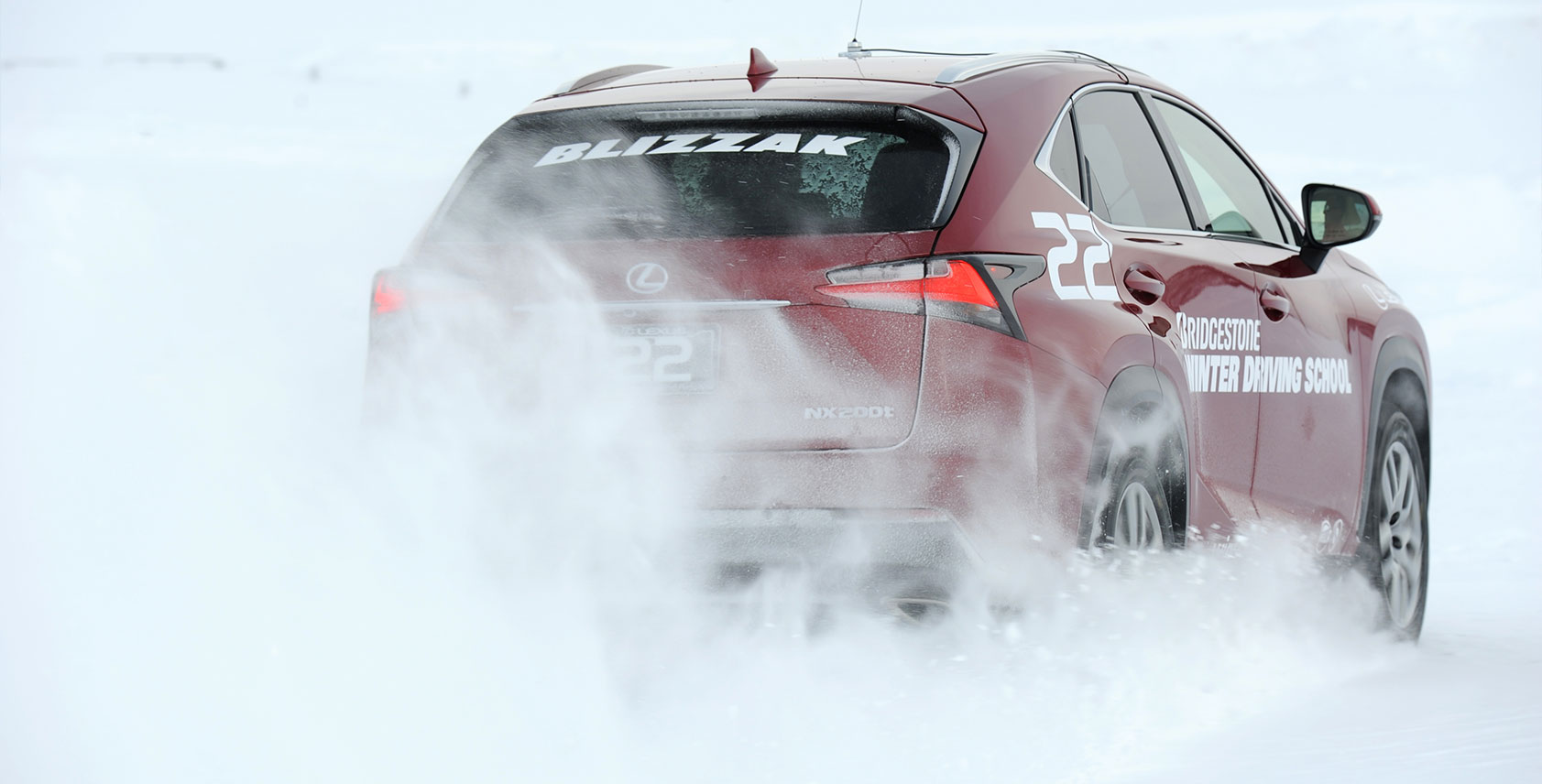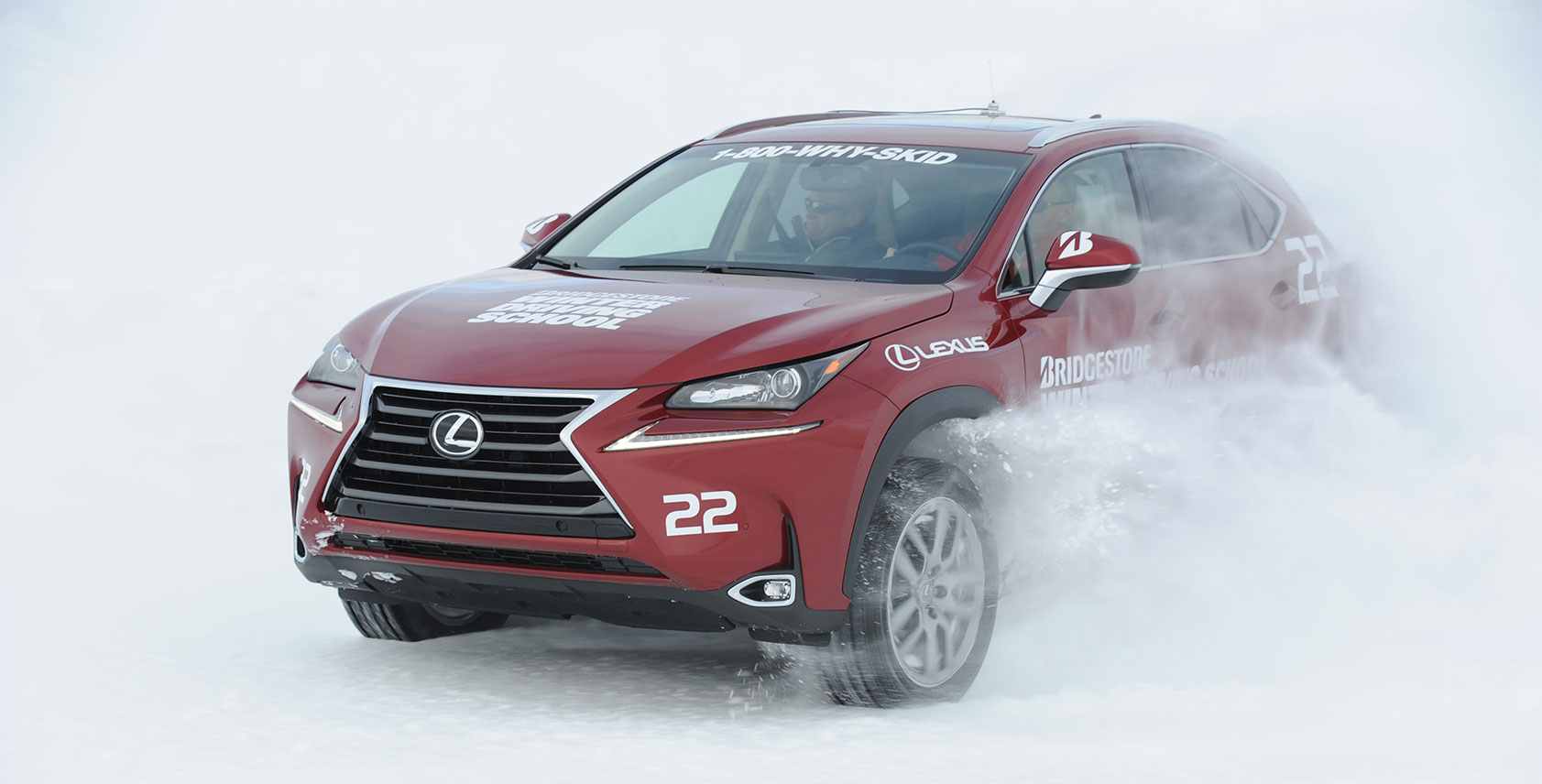I Flew to the Colorado Rockies for the Ultimate Crash Course in Winter Driving
Contrary to popular belief, not all auto journalism is about zooming around in an exotic supercar at some equatorial beachside locale, or cruising down a sun-drenched Californian highway in a shiny new convertible.
Sometimes, you wind up on the side of a mountain in subzero temperatures, amid a nightmarish confluence of snow, ice, slush and sleet. How else would you find out how well winter tires handle massive ice patches or see how brakes perform impaired by packed snow?

It’s with this task in mind that I set out for the Bridgestone Winter Driving School in Steamboat Springs, Colorado. The only driving school of its kind in the country, it’s where the Secret Service and FBI send their agents to brush up on their handling skills. I’m on a mission to drive in the worst winter conditions possible with the best winter tires in the business in order to master the art of recovering from skids and slides. Located on a mountainside in the Rockies, the school’s main circuit was built using 250,000 gallons of water and Mother Nature-provided snow to create the perfect driving surface. Well, perfect for skidding and fishtailing, that is.
The car I’m driving is a Lexus GX 460 SUV, but it’s not what I traveled 1,500 miles and 7,000 elevated feet for. Bridgestone’s newest winter tires — the Blizzak DM-V2s — are the stars of the show today, and I’m assured that they’ll get me through the course without a scratch. Armed with a micro-texture pattern that picks up snow and hangs onto it for superior traction and hydrophilic compounds that suck up water instead of pushing it aside, the tires are said to stop 33 per cent faster than their all-season counterparts.

Being behind the wheel is a test of restraint. With 77 acres of open track in front of me, it’s hard not to put pedal to the metal and really see what these tires can save me from. Instead, though, we’re taken through a variety of exercises that let us see (and feel) the work the tires are doing underneath our feet.
Alternating between having our ABS (anti-lock braking system) turned on and off, we gingerly take turns skidding to a complete stop over ice, swerving at top speed, and turning on a dime atop — you guessed it — a patch of ice. True to their word, the tires don’t waver; you can feel their hard work through the floor of the vehicle and with every nervous pump of the brake. (The nervousness, to be fair, is mine alone. Full disclosure: before today at the Winter Driving School, I hadn’t been behind the wheel of a car in over two years.)

Once our instructors have faith in our newly learned techniques, we’re let loose on the track. At this point, the snowfall has cleared and the blustering winds have picked up. I press the accelerator as far down as I dare to go and whip around the track, braking only to take corners a little slower. (Not slow enough, in one instance, where I may or may not have grazed a snowbank.) An instructor’s voice comes over the CB radio in the car to jokingly offer $1 million to whomever drives closest to a pylon next to an ice patch. It takes me a few tries before I hit the jackpot; the ice propels me in the wrong direction when I forget which way I’m supposed to turn the steering wheel.
By the end of the day, we’re all exhilarated. I’m drunk off the power of my excellent driving skills (the snowbank incident notwithstanding) and the tires are coated in a traction-providing layer of fresh powder. As we make our way back down the mountain — in slightly less thrilling fashion — I find myself actually looking forward to getting home and offering to drive the next time I’m faced with a full-on Canadian snowstorm.










